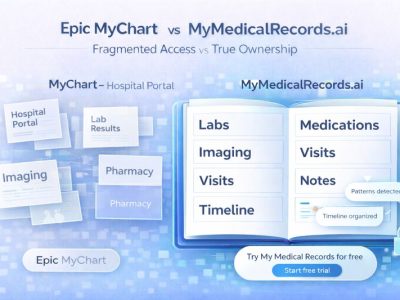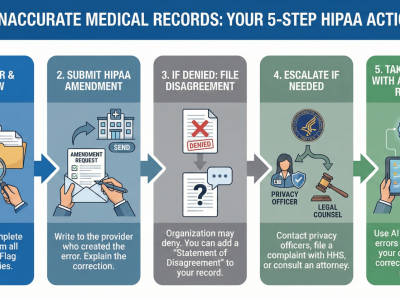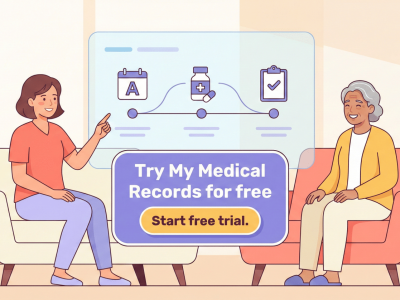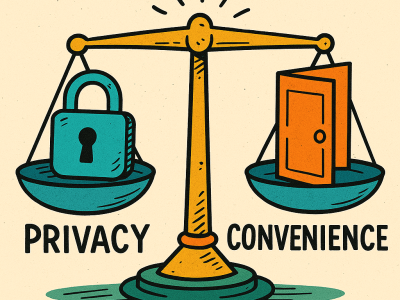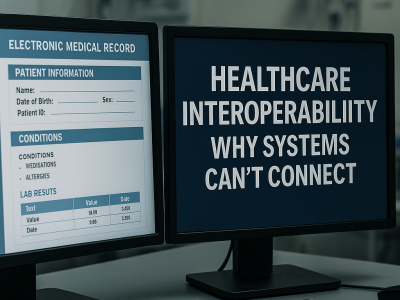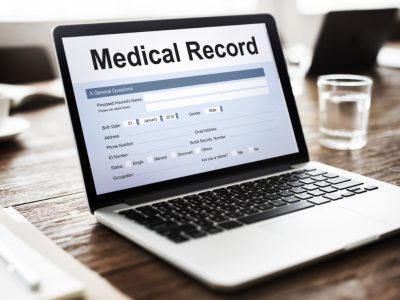Learning how to get a diagnosis removed from medical records is essential for patients who believe an error or outdated information is impacting their healthcare or insurance. This guide explains when, why, and how you can dispute or amend diagnoses in your medical files
KEY TAKEAWAYS
Patients have the legal right to request corrections in their medical records. It is very difficult to “delete” a portion of a medical record.
Diagnoses can be amended through a formal request process under HIPAA.
Documentation and communication with healthcare providers are crucial.
Some diagnoses may not be eligible for removal but can be updated with notes.
Using digital platforms like My Medical Records can help track changes and maintain updated records.
Table of Contents
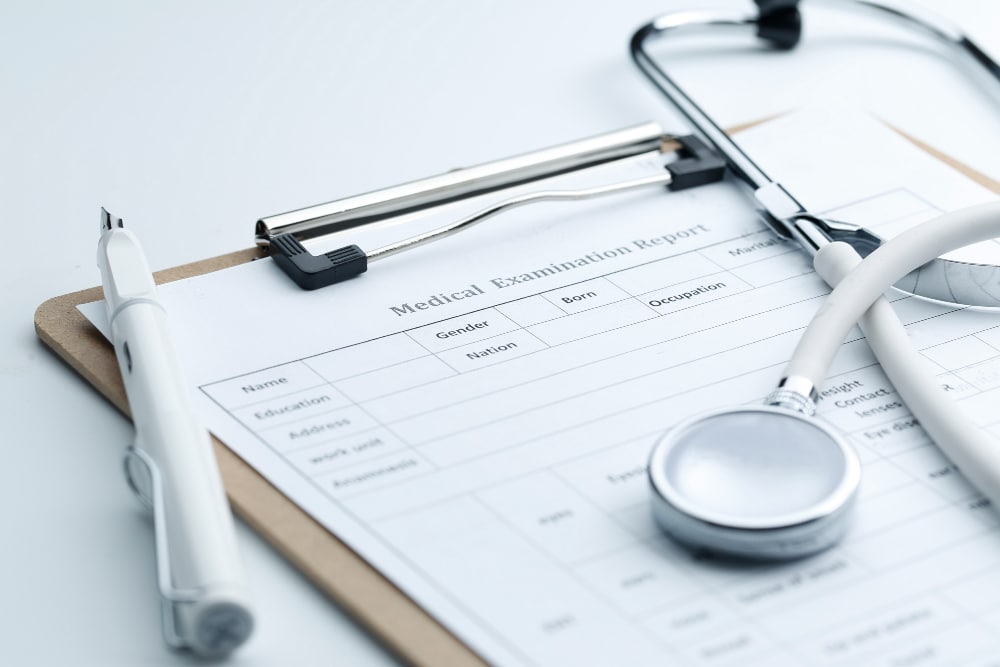
Medical records are essential for continuity of care, insurance claims, and legal documentation. However, mistakes or outdated diagnoses can lead to negative outcomes, including misdiagnoses or wrongful insurance denials. That’s why understanding how to get a diagnosis removed from medical records is not just beneficial—it’s necessary.
While it might seem difficult or even impossible, federal regulations under HIPAA provide a pathway for patients to request corrections or amendments to their health records. The key is knowing your rights, documenting your claims, and working closely with your healthcare providers.
Understanding Your Rights Under HIPAA
The Health Insurance Portability and Accountability Act (HIPAA) gives patients the right to inspect and request amendments to their health records. If you believe a diagnosis is incorrect, misleading, or no longer relevant, you can formally request to have it amended or removed.
Keep in mind that healthcare providers are not obligated to agree with your request. They must, however, respond within 60 days and provide a written explanation if they choose to deny it. If the request is accepted, the provider must amend the record and notify other parties who received the incorrect information.
Requesting an amendment doesn’t guarantee removal. Still, you can add a statement of disagreement that becomes part of your official record, ensuring your perspective is documented.

When Can a Diagnosis Be Removed or Amended?
There are valid scenarios in which a diagnosis may be changed or removed. If a diagnosis was made in error—perhaps a misdiagnosis or a condition that was later ruled out—you can request that the documentation be corrected. Mental health conditions, substance use history, or temporary diagnoses are common examples patients seek to amend.
It’s important to provide supporting documentation such as updated test results, second opinions, or other clinical notes. These reinforce your case and encourage your provider to acknowledge the need for change. Remember that healthcare professionals have a duty to maintain accurate records that reflect current clinical realities.
In some cases, especially with sensitive information, patients are concerned about privacy or stigma. That’s why it’s crucial to know how long medical records need to be kept, which varies by state and facility.

Steps to Request an Amendment of a Diagnosis
The process begins with a formal written request. This should include:
Your full name and contact information.
Details of the diagnosis in question.
A clear explanation of why the diagnosis is incorrect or outdated.
Supporting documents such as test results, second opinions, or updated assessments.
Send your request directly to the healthcare provider or facility that created the record. Under HIPAA, they have up to 60 days to respond. If approved, they must make the correction and notify others who accessed the information. If denied, you may submit a statement of disagreement, which must be included in all future disclosures of your records.
It’s also a good idea to contact your insurance company if the diagnosis affected any claims. They may have their own procedures for updating information based on corrected medical records.
Need help tracking your amendments? Learn how to easily share your medical records with insurers and specialists via secure platforms.

What if the Request Is Denied?
If your provider denies the request to remove or amend a diagnosis, they are legally required to provide a reason in writing. While this may feel like a dead end, it’s not. You have the right to write a statement of disagreement that will become part of your permanent medical record.
This means any future healthcare provider or insurer who views your file will also see your objection. This can be particularly important in legal or insurance contexts, especially if the diagnosis in question affects coverage or treatment decisions.
Working with patient advocacy services or legal professionals can sometimes help in navigating denials. They can assist in framing your argument, gathering the appropriate documentation, and ensuring the process remains compliant.

Why Accurate Medical Records Matter
Inaccurate medical records can lead to serious consequences. A misdiagnosis may result in inappropriate treatment, affect future insurance premiums, or even limit employment opportunities. That’s why maintaining clean, accurate, and up-to-date health documentation is essential.
Services like My Medical Records offer a digital, AI-powered platform to manage your health data. With secure storage and real-time updates, users can ensure their records reflect their current health status—not outdated or incorrect information.
Whether you’re correcting an error or simply organizing your health information, the tools available today give you more control than ever.
How to Organize and Protect Your Medical Records
Staying organized is the first step to ensuring your medical history is accurate and current. Store physical copies in a secure location, and digitize documents for easy access. Upload scanned versions to platforms like My Medical Records for centralized, secure storage.
Create a folder that includes:
Your ID and insurance cards
Copies of important diagnoses
Treatment summaries and prescriptions
Test results and lab reports
Knowing what your medical record number is and how to find it is also vital in accessing hospital or clinic-based systems. This ensures you can always locate and cross-check your information.
Helpful Tips for Disputing Incorrect Medical Diagnoses
Be patient. Ensure your request is detailed, polite, and supported by evidence. Keep a copy of every communication for your records.
Summary:
Understanding how to get a diagnosis removed from medical records empowers patients to take control of their healthcare journey. Whether dealing with outdated information or a misdiagnosis, you have the right to ensure your medical history reflects the most accurate version of your health.
If you’re unsure where to start, reach out to us by filling up our contact form. We can help you navigate the process and offer tools to store, update, and share your records securely.
Summary: Medical records should tell the truth about your health today, not the past. My Medical Records helps you manage this through our intelligent platform designed for legal and insurance use. When it comes to accuracy and control, don’t settle—take charge of your data.
Related Topics:
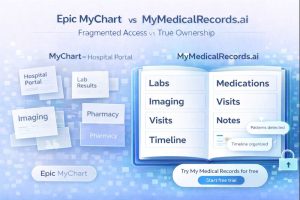
Epic MyChart vs. MyMedicalRecords.ai: Portal Access vs. True Ownership
Epic MyChart vs. MyMedicalRecords.ai: Portal Access vs. True Ownership Meta description: Epic MyChart only shows records from one hospital system. MyMedicalRecords.ai aggregates 100% of your
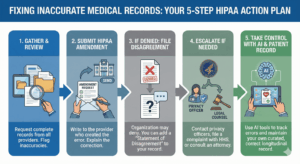
What to Do If There Is Inaccurate Data in Your Medical Record
The chart that does not match you You probably discovered the inaccurate medical records error because something routine went wrong: a prior authorization denied, a
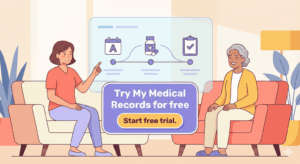
From Chaos to Clarity: A Family Caregiver’s Guide to Unified Health Records
Here’s what nobody tells you about caregiving: The hardest part isn’t watching your loved one struggle with their diagnosis. It’s trying to keep track of
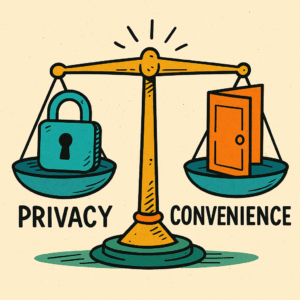
Privacy vs Access: Finding the Right Balance in Your Digital Health Record
Healthcare interoperability is the ability of different healthcare systems, devices, and applications to seamlessly share, understand, and use patient data across organizations and geographic boundaries.
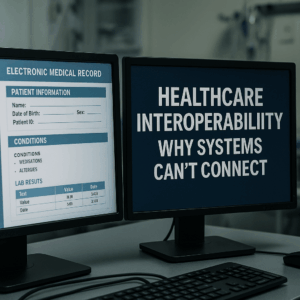
Healthcare Interoperability: Why Systems Can’t Connect
Healthcare interoperability is the ability of different healthcare systems, devices, and applications to seamlessly share, understand, and use patient data across organizations and geographic boundaries.

How to Merge Medical Records from Multiple Doctors and Avoid Errors & Duplicates
Learn how to merge medical records from multiple doctors, avoid duplicate entries, and reduce errors. Use AI tools like My Medical Records to simplify the process.

